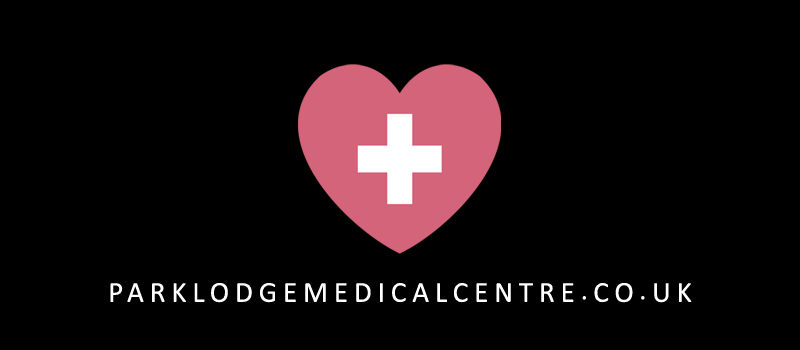On social media, Amy Childs’ change over the past year has sparked both awe and anxiety. Although losing two stone, or 28 pounds, is clearly a significant physical accomplishment, audiences have been especially enthralled by the emotional undertone of her metamorphosis. Her experience of raising a family of four and giving birth to twins recently speaks more to mental toughness than to aesthetic vanity. She has talked candidly about the relationship between her own grief, public scrutiny, and a renewed dedication to self-care in recent months.
Her new figure, which is the product of structure rather than shortcuts, is remarkably effective in its outcome. Amy explained her strategy after some initially conjectured about drastic dieting or surgery. She followed a customized diet plan and worked out frequently—up to three times a week—combining strength training and reformer Pilates while working with Freya at Potentia Coaching. Her core strength was restored, and her general energy level increased, thanks to this technique, which is especially helpful for toning postpartum bodies. Notably, she also stressed that the change occurred over months rather than weeks, which is a sincere acknowledgement of the discipline that produced the outcomes.
It wasn’t all intentional, though. In a vulnerable moment, she admitted that persistent stress, particularly from her mother’s illness, was a contributing factor in her weight loss. She started to lose weight uncontrollably because she was always anxious and tired. Fans took notice. Thousands of people responded to pictures of Amy wearing a strapless pink minidress on the internet, with some voicing admiration and others raising alarm. Debate over emotional health and body image norms was triggered by the contrast between her radiant glamour and her noticeably slimmer frame.
Other reality stars have faced remarkably similar issues, especially those who share fame and motherhood. Another TOWIE alumna, Danielle Armstrong, shared her own incredible weight loss journey on social media, revealing that she had lost 3.5 stone. Danielle credited coaching, self-assurance, and clean eating for her success, but her posts also received conflicting responses. Although Lucy Mecklenburgh was very clear about avoiding fad diets and just listening to her body, her four-stone weight loss after giving birth also attracted attention. In British celebrity culture, the common philosophy of reality TV mothers—putting their health first while changing their bodies—is quickly becoming the new standard.
Amy’s candidness about trying a weight loss diet eighteen months prior and getting seriously ill as a result provided a strikingly open counterpoint to a developing trend. Given the prevalence of injectables like semaglutide (Ozempic) in the news, especially in Hollywood, her choice to switch from pharmaceutical to natural remedies felt surprisingly sensible. It also subtly criticizes a sector that is overrun with short cuts. Amy only needed to experience illness once to permanently change her perspective.
Under a microscope of criticism, public figures have been under increasing pressure to regain their pre-pregnancy bodies during and after the pandemic. Amy’s vulnerability strikes a chord with her audience, which is noticeably female and parent-rich. Her caption, in which she talked about being in a “baby bubble,” unable to eat, exhausted, and reluctant to post pictures of herself in swimwear, mirrored the experiences of innumerable moms who struggle with identity shifts following childbirth. Her newfound self-assurance in posting bikini photos and even making jokes about the moisturizer that’s still on her leg is a sign of triumph rather than vanity.
The effect goes beyond appearances. Amy has unintentionally turned into a casual proponent of realistic body positivity by sharing her erratic relationship with food, exercise, and emotional stress. She has established an environment where progress is celebrated without feigning ease through regular posts that are open and never preachy. Her journey is especially relatable to fans who are coping with personal grief or postpartum changes.
Another emotional layer was added when she decided to postpone her wedding to Billy Delbosq. It is uncommon and incredibly open for someone who is so publicly celebrating to decide to put a major life event on hold due to stress. It reinterprets her weight loss as a part of a larger, more emotionally charged chapter rather than as a runway moment. Supporters rushed to her side, applauding the courage behind such a bold choice.
Amy’s case also highlights the close connection between celebrity branding and body image. As reality stars transition into podcast hosts, influencers, and business owners, their physical attributes are incorporated into the goods they promote. Despite being personal, Amy’s weight loss story helps her brand grow. She maintains her credibility, though, by being especially forthright about how messy the makeover was. She’s not selling transformation as easily as some of her peers. Rather, she presents it as earned—and continuous.
In the world of 2025, where influencer monetization, AI body filters, and social media edits frequently distort reality, this realism is especially crucial. Amy’s openness is very evident, whether she is discussing stress, skipping workouts, or enjoying prosecco on the weekends. Her support isn’t wrapped in a veneer of flawlessness. It is based on emergence of resilience and lived chaos.
From a cultural perspective, her experience relates to more general discussions about body neutrality, emotional labor, and maternal identity. It also reflects a growing trend in which well-known women document slower, healthier paths to recovery rather than the “snap back” narrative. From Ashley Graham’s postpartum candor to Kate Ferdinand’s moving postpartum vlogs, these stories are remarkably similar across continents, indicating a small but significant change in the way we celebrate postpartum female bodies.


